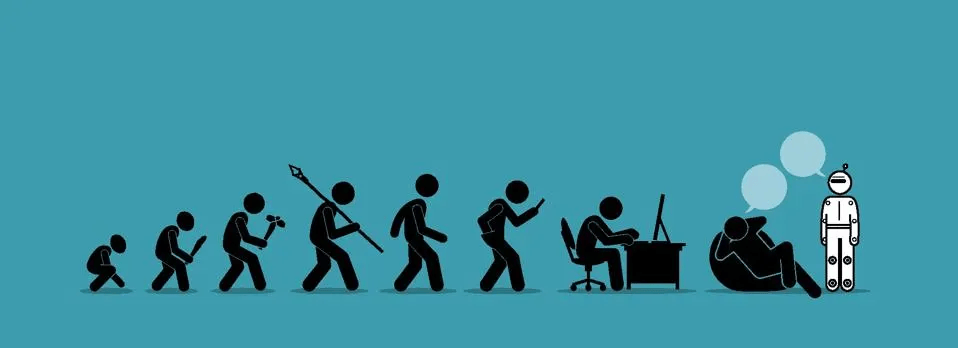Learning to Live With AI (Not Be Replaced by It)

There’s a lot of noise out there right now about how AI is coming to take over the world. Replacing jobs. Making entire industries redundant. Changing the way we work forever. It’s an easy story to tell — and an even easier one to fear.
But when you strip away the drama, you start to see that AI isn’t really all that different from the other “earth-shattering” innovations we’ve already lived through.
Think about it: when Google made information available to anyone with an internet connection, teachers didn’t suddenly become useless. Knowledge workers didn’t vanish. Instead, the way they did their jobs changed. Access to information exploded, sure, but knowing what to do with that information — how to teach it, how to apply it — became even more valuable.
We’re at that same fork in the road now with AI.
The Rush to Automate (And Why It Won’t End Well)
Today’s businesses are reacting faster than ever — sometimes too fast.
Every app you open seems to have an “AI” button. Every company website greets you with a chatbot, designed to help but often just another layer of frustration before you can talk to a real person.
It’s like everyone’s rushing to slap AI on the front of their business, convinced it’s the future, without stopping to think about how that future will actually play out.
In the short term? Sure, it might look like a win. You cut down on some customer service workload. Your team feels like it suddenly has breathing room. Maybe the numbers even start to look a little better on a spreadsheet somewhere.
But long term? Customers aren’t looking for another robotic interaction. They’re looking for help. For connection. For someone who actually understands what they’re asking — not a program following a script.
And that’s where I see a lot of businesses setting themselves up for a fall.
Not today, maybe not next quarter, but it’s coming. Because customer experience isn’t something you can automate away and expect to stay competitive.
“When you treat your customers like tasks to be outsourced, eventually they’ll find someone else who doesn’t.”
Putting AI Behind Your People, Not In Front of Them
It’s not that AI is the problem. It’s how it’s being used.
The smarter move isn’t to replace your people with AI — it’s to give your people better tools.
Imagine if every person in your business had their own version of an Iron Man suit. Not just more tools to juggle, but smarter systems. A way to free them from the repetitive, mechanical tasks so they can focus on the real work — the parts that actually require human thought, understanding, and connection.

That’s the shift that makes the real difference — using AI to lift your teams, not automate them away.
Businesses that get it right aren’t trying to train AI to replace their teams. They’re using it to help their people do their jobs better — faster, sharper, and with more focus on what really matters to customers, not just what’s easier to automate.
When businesses chase full automation, the reality often looks a little different.
They build a chatbot, train it for weeks, launch it… and then the calls and tickets still pile up. Because even with automation, the real needs don’t go away. People still want real help, real understanding, real solutions.
The Real Advantage: Empowered Teams
Now imagine if all that effort was put into empowering your team instead.
Teaching them how to use AI to find information faster. Spot patterns earlier. Solve problems smarter.
Using AI not to dodge the hard parts of work, but to deepen their ability to do it well. When you do that, something powerful happens. Your team doesn’t just get faster. They become better.
Customer satisfaction doesn’t just stabilize — it improves. Because customers can tell when they’re talking to someone who actually has the time, the support, and the skill to help them properly.
Over time, that difference compounds. You’re not just surviving the AI shift — you’re thriving because of it.
Closing Thought
The fear that AI will take your job or your company isn’t really the fear we should be worried about.
The real risk is this: If you don’t learn how to work with AI, someone else will. And that’s the person who will leave you behind.




